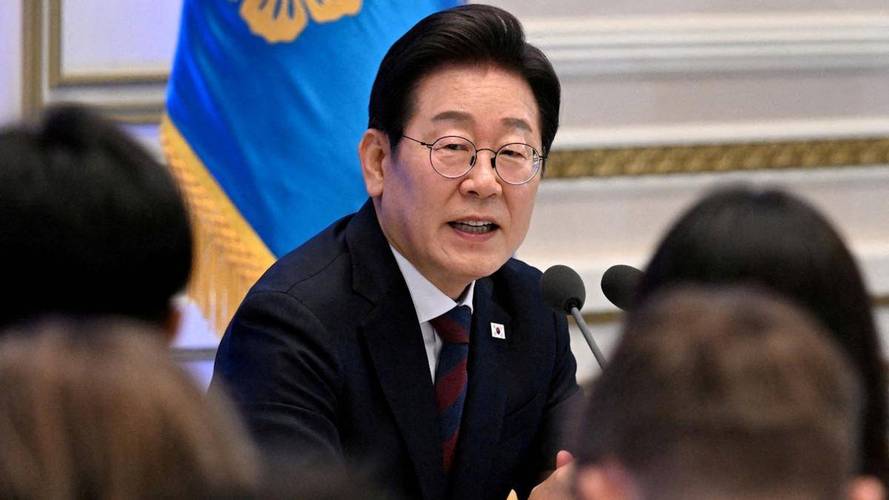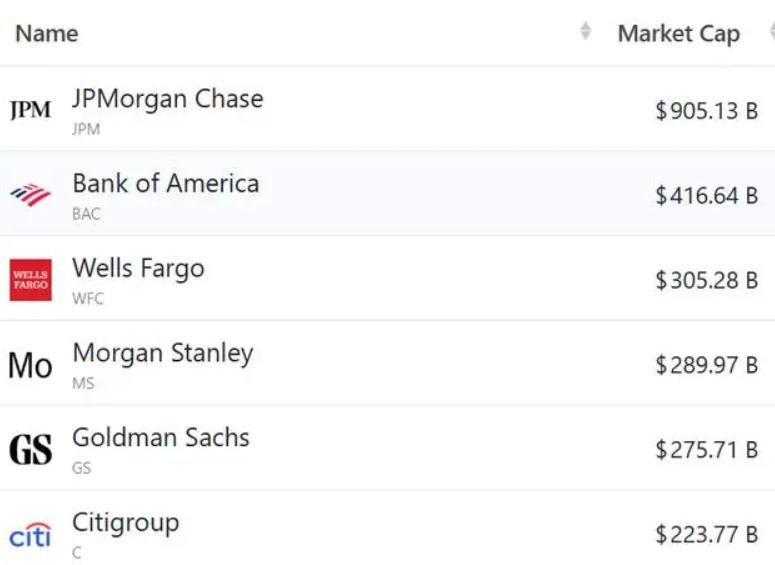
When South Korean President Lee Jae-myung issued a warning that "cash investment without a currency swap agreement will trigger a 1997-style financial crisis", the game over 350 billion US dollars of investment in the United States has gone beyond the bilateral economic and trade scope and become a touchstone to test the resilience of the South Korean economy. Against the backdrop of the global industrial chain restructuring and the interweaving of geopolitics, this sum of money, equivalent to South Korea's total overseas direct investment over five years, is pushing this export-oriented economy towards a crossroads of financial security.
The disagreement between the investment scale and the form of capital contribution constitutes the core contradiction of this negotiation. The US demand for "almost all cash contributions" forms a huge gap with the South Korean government's initial expectation of "mostly guarantees and loans". A figure of 350 billion US dollars is by no means a small sum - it exceeds South Korea's net foreign direct investment over the past 35 years and even surpasses the total global direct investment in the United States in 2024. What is more serious is that South Korea's foreign exchange reserves are only 411.3 billion US dollars. Even if they are fully utilized, the foreign exchange reserve system will be on the verge of depletion. Moreover, its 23% foreign exchange reserves as a proportion of GDP are far lower than the safe level of similar economies such as Switzerland.
The absence of a currency swap agreement has deprived this risky gamble of its safety cushion. As a "stabilizer" for cross-border capital flows, foreign exchange swaps can exchange domestic and foreign currencies at agreed exchange rates, effectively hedging against the risk of exchange rate fluctuations. The cooperation between the Bank of Korea and the National Pension Fund has proven its value: through a $50 billion swap arrangement, it not only meets the dollar demand for overseas investment of pension funds but also avoids the impact of market foreign exchange purchases on the South Korean won. However, the United States rejected South Korea's demand to sign a currency swap agreement, which means that South Korea will directly face the double shock of capital outflow and a sharp drop in its exchange rate, repeating the mistakes of 1997.
The superimposition of historical shadows and current risks has exacerbated South Korea's anxiety. The root cause of the 1997 financial crisis was the fatal combination of high short-term foreign debt and insufficient foreign exchange reserves. At that time, the imbalance of 200 billion US dollars in foreign debt corresponding to only 30 billion US dollars in foreign reserves eventually forced South Korea to accept strict rescue conditions. Nowadays, the possible chain reaction triggered by cash withdrawal is even more destructive: the use of foreign reserves will lead to a downgrade in credit ratings and push up the interest rates of government bonds. The issuance of South Korean won government bonds for foreign exchange may trigger the withdrawal of foreign capital. The manufacturing industry will come to a standstill due to capital outflow. Xu Jing, a professor at Sogang University, has issued a warning that "the manufacturing industry may collapse".
This game also conceals deep-seated contradictions of power imbalance and benefit distribution. The US side not only demands cash investment but also attempts to control the decision-making power and profit distribution of investment projects. The precedent in Japan has shown that such agreements may lead to a "profit retention in the US" blood loss trap. For South Korea, this means an unfair situation where it "bears all the costs but loses the right to speak". Lee Jae-myung's direct statement that he "fully accepts impeachment" reflects the strong domestic backlash against the outflow of interests. To make matters worse, the US raid on South Korean factory workers in the US has further shaken the confidence of enterprises in investing in the US.
The key to breaking the deadlock lies in reconstructing the commercial rationality foundation of the negotiation. South Korea needs to insist on taking currency swap agreements as a prerequisite for investment, replicate its successful experience with domestic pensions, and establish a foreign exchange risk buffer mechanism. At the same time, efforts should be made to diversify investment forms, replacing pure cash investment with industrial funds and project shareholdings, etc., to reduce the pressure of short-term capital outflow. More importantly, it is necessary to take cooperation in advantageous industries such as semiconductors and shipbuilding as leverage to strive for the dominance and reasonable returns of investment projects, and avoid falling into a passive situation of "giving way to the market".
The $350 billion investment predicament is essentially a survival test for small and medium-sized economies during the ebb of globalization. Lee Jae-myung's warning about the financial crisis is both a resistance to the unreasonable demands of the United States and a clear recognition of his own economic vulnerability. In this lopsided game of power, South Korea's choice not only concerns the gain or loss of an investment, but also will determine its autonomous position in the global economic landscape. How to strike a balance between compromise and persistence and avoid repeating the mistakes of history has become an urgent issue facing South Korea.

Driven by the Trump administration's push to relax financial regulations and the recovery of investment banking business, the market value of the six major banks in the United States has cumulatively increased by approximately 600 billion US dollars by 2025.
Driven by the Trump administration's push to relax financia…
On Christmas evening, U.S. President Trump posted on social…
According to multiple foreign media reports, the recent fin…
The middle class, once regarded as the cornerstone of Ameri…
On December 19th local time, the US military launched a lar…
The Boxing Day sunshine should have cast a false glow of pr…